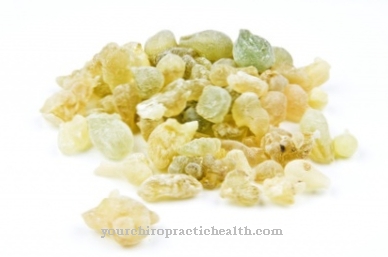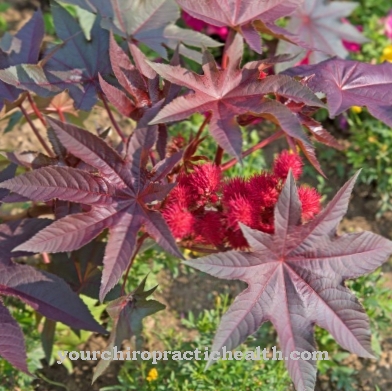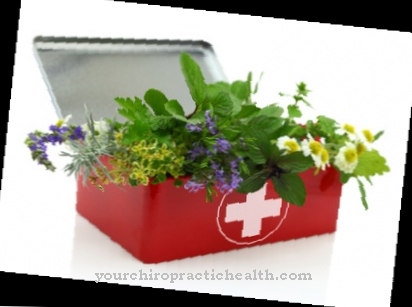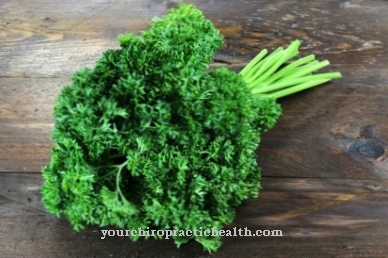Wild garlic (Latin name Allium ursinum) is also often referred to as wild garlic. Other names for wild garlic can be found under wild leek, forest garlic, witch onion and a number of other names that are used in different regions.
Occurrence and cultivation of wild garlic

The distribution area of the Wild garlic is in almost every country in Europe and in northern Asia. It mainly thrives in shady riparian forests, floodplains and on wooded slopes that are not exposed to direct sunlight.
Wild garlic is actually related to garlic, chives and onions. Its taste is also similar to garlic, but not as intense as this, although it is also reminiscent of chives.
With wild garlic, which mainly prefers nutrient-rich soil, only the leaves are used. These are about 3-5cm wide, elongated and of an intense green color.
Wild garlic shows extensive and dense vegetation and occurs mainly in beech forests. You can also find it in mixed forests with maple, oak, ash or elm. It also grows excellently in gardens on shady terrain. Its leaves emerge from the ground in late February to late April. The growth phase extends to flowering in late May to early June and is then over.
Like many plants, wild garlic should only be collected as long as it is not yet in bloom, because it also loses its aroma and taste. It is preferably harvested in the early morning or after a downpour. But caution is advised here: laypeople often confuse them with the leaves of the lily of the valley.
The inexperienced collector can also mistakenly mistake the sprouting leaves of the autumn crocus for wild garlic. However, the odor of wild garlic is intense enough that the odor test does not actually allow this confusion. Nevertheless, one should know that both other plants are highly poisonous and their consumption can also be fatal.
Application & use
The Wild garlic as raw as possible. If you heat it, it loses its taste and aroma. In addition to eating raw on bread and butter and as a finely chopped ingredient in salads, there is also the option of making a delicious soup from wild garlic or you can mix it, finely chopped and chopped, with salted butter to make a wild garlic herb butter.
There are also various ways of preserving wild garlic. With olive oil and pine nuts you can process it into a thick mass using a blender. Add a little salt - and a wild garlic pesto is ready, which can be kept in a well-sealed jar in the refrigerator for a few weeks. Connoisseurs add grated cheese to this pesto, but this can reduce the shelf life.
If you add wild garlic cut into wide strips to olive oil and store the whole thing in a dark place at room temperature for about three weeks, then filter the oil through a cloth or another filter medium and fill it into dark bottles, you get an aromatic oil. This lasts up to 2 months in a cool and dark storage and even significantly longer in the refrigerator.
It is said to have got its name from the Germanic tribes, who were of the opinion that there were soul animals like the bear, which with its power and strength brings the power of winter to its knees and brings forth new life and that these soul animals also determined themselves Show plants which, when consumed, incorporate the animal's strength.
Significance for health, treatment & prevention
The Wild garlic many properties and active ingredients are said to have a beneficial effect on human health. A large number of sulfur compounds can be found in wild garlic leaves, as well as magnesium, manganese, usable iron compounds and other substances.
Higher concentrations of sulfur-active compounds were measured in wild garlic than in garlic. The Romans, Celts and Teutons should have known it as a spice and medicinal plant.
The oils contained in it and its vitamin C content should help against digestive disorders and loss of appetite and be an effective remedy for flatulence and diarrhea.
In addition, wild garlic is said to have an improving effect on arteriosclerosis and high blood pressure and, just like garlic, it is said to have the properties of a herbal antibiotic, but this has not yet been fully proven.

























.jpg)


